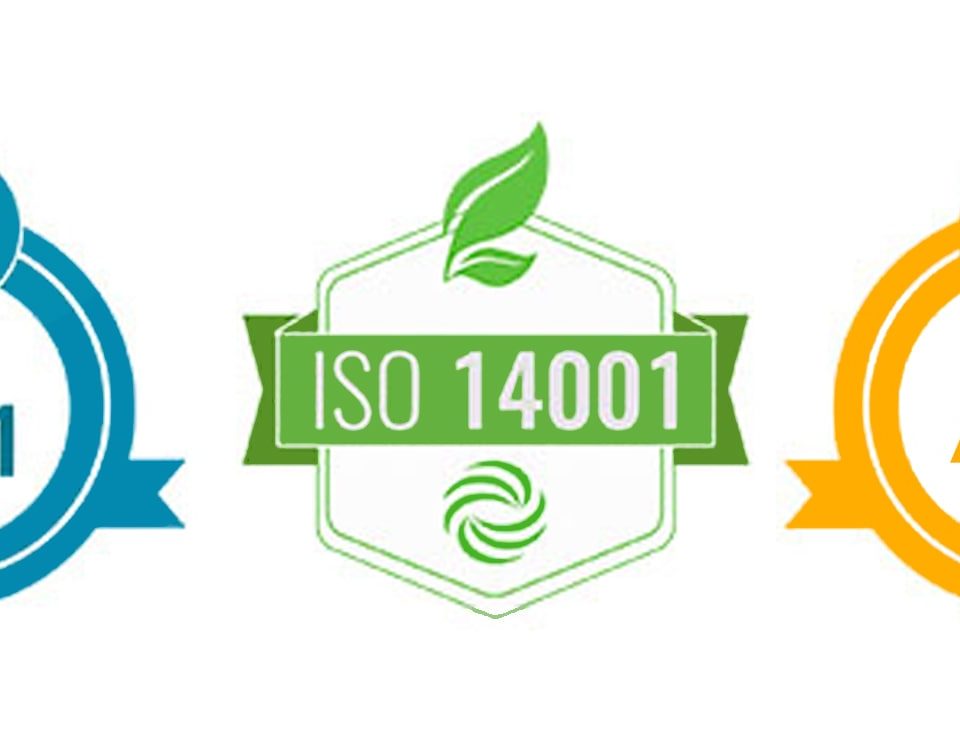Translation methods

Top Cat Tools
1st November 2024
Top websites to Hire a Freelance Translator
1st November 2024Translation methods are strategies or approaches used by translators to convert text from a source language to a target language. These methods vary depending on the type of text, the cultural context, and the desired outcome. Below are some common translation methods:
1. Word-for-Word Translation (Literal Translation)
This method involves translating each word directly from the source language into the target language without altering the structure of the sentence. The goal is to preserve the exact meaning of each word.
2. Faithful Translation
This method attempts to convey the exact meaning of the source text while maintaining the grammatical structure of the target language. It prioritizes accuracy and clarity but sometimes at the cost of stylistic or cultural differences.
3. Semantic Translation
This method focuses on meaning while allowing flexibility in structure and phrasing. It ensures that the translation reads naturally while remaining faithful to the original content’s meaning.
4. Communicative Translation
The goal of this method is to make the text easily understood by the target audience. It focuses on the message and context, sometimes adapting the text to the cultural and linguistic norms of the target language.
5. Adaptation
This method involves changing cultural references and expressions to make them more relevant to the target audience. It is often used in translating plays, films, or other cultural products.
6. Dynamic Equivalence (Functional Translation)
This approach focuses on the overall meaning and function of the text rather than the exact wording. The goal is to evoke the same reaction from the target audience as the original text did from the source audience.
7. Transposition
Transposition involves changing the grammatical structure of the source language to better suit the target language while maintaining meaning. It can include changing word order, shifting between parts of speech (e.g., noun to verb), or other structural adjustments.
8. Modulation
This technique involves changing the point of view, focus, or cognitive perspective of the text. It may include changing a positive construction into a negative one, or rephrasing a statement for more natural flow in the target language.
9. Explication
Explication involves providing extra information or explanation to make the meaning clearer to the target audience, especially when there are no direct equivalents in the target language.
10. Cultural Substitution
This method involves replacing elements of the source text with those that are more familiar or relevant to the target culture. For example, changing food items, currency, or historical references to something recognizable to the target audience.
11. Back Translation
Back translation is the process of translating a target text back into the source language to check for accuracy and consistency. This method is often used for quality control.
Each translation method serves different purposes, and the best choice depends on the text type, context, and audience of the translation.


